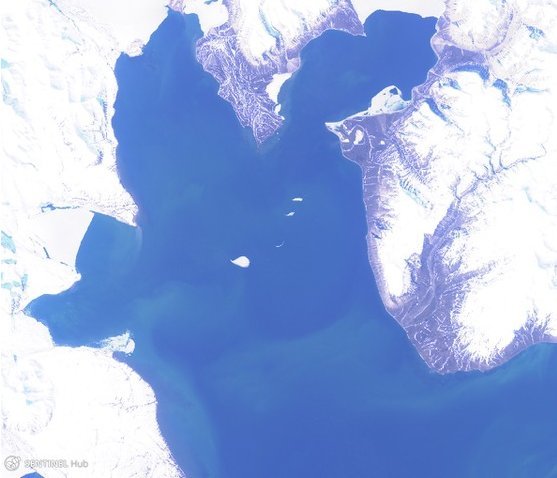This autumn, SIOS will offer a training course on how to effectively use satellite data, tools and software in the context of marine research in Svalbard. The course is intended for researchers, PhD students and technicians with no or little experience with satellite remote sensing techniques. The training will be delivered by marine remote sensing experts from SIOS member institutions and ESA.
Time: 2-5 September 2019 (starting Monday morning, ending Thursday at lunch time)
Location: Longyearbyen, Svalbard
Application deadline: 7 June
This training course is only available for employees and students from SIOS member or observer institutions* (Is my institution a SIOS member or observer?) and will be free of charge. Course participants can apply for partial support for travel and accommodation (actual costs up to 5 000 NOK/participant).
Course participants are expected to bring their own laptops. The course is based on free and open access software and SIOS will additionally provide access to a virtual machine.
Goal of the training
The goal of the course is to teach participants the basic skills needed to work independently to acquire, analyse and visualise marine data sets derived from a variety of satellite sensors.
Objectives
Many field scientists, field oceanographers, biological oceanographers and marine biologists from SIOS member and observer institutions have been working on research projects which would greatly benefit from the addition of a satellite remote sensing viewpoint. However, they may lack the necessary training required to make easy but effective use of freely available data sets, tools, and software. Ph.D. students from SIOS member or observer institutions who are about to begin careers using satellite remote sensing as an integral part of their research projects can also benefit from this training course.
Topics covered during the training
The training course will include lectures and hands-on sessions focusing on:
- overview of marine satellite remote sensing applications using Copernicus satellites,
- online free and open data for marine scientists,
- portals for data visualisation and various data inventories for field scientists,
- retrieval of high-resolution ice drift and deformation from SAR,
- remote sensing of phytoplankton blooms using case studies, in situ and satellite-based primary productivity and bio-optical studies in fjords,
- estimation of chlorophyll and generation of chlorophyll maps of fjords of Svalbard.
Target audience
Anyone from field scientists, marine scientists, biological oceanographers and marine biologists with little or no background in remote sensing.
For more information, please contact Shridhar Jawak (remotesensing@sios-svalbard.org)
* You have to be employed or be a student at a SIOS member or observer institution. Each member and observer institution has one place guaranteed - provided an application is received. If no application from a SIOS member or observer institution is received, the allocated place is forfeit and may be allocated to an applicant from another institution. If an institution wishes to rank its internal applicants in order of priority it may do so. In this case SIOS-KC will follow this ranking. Otherwise ranking will be made on the basis of the quality/relevance of the application of the participant.




























